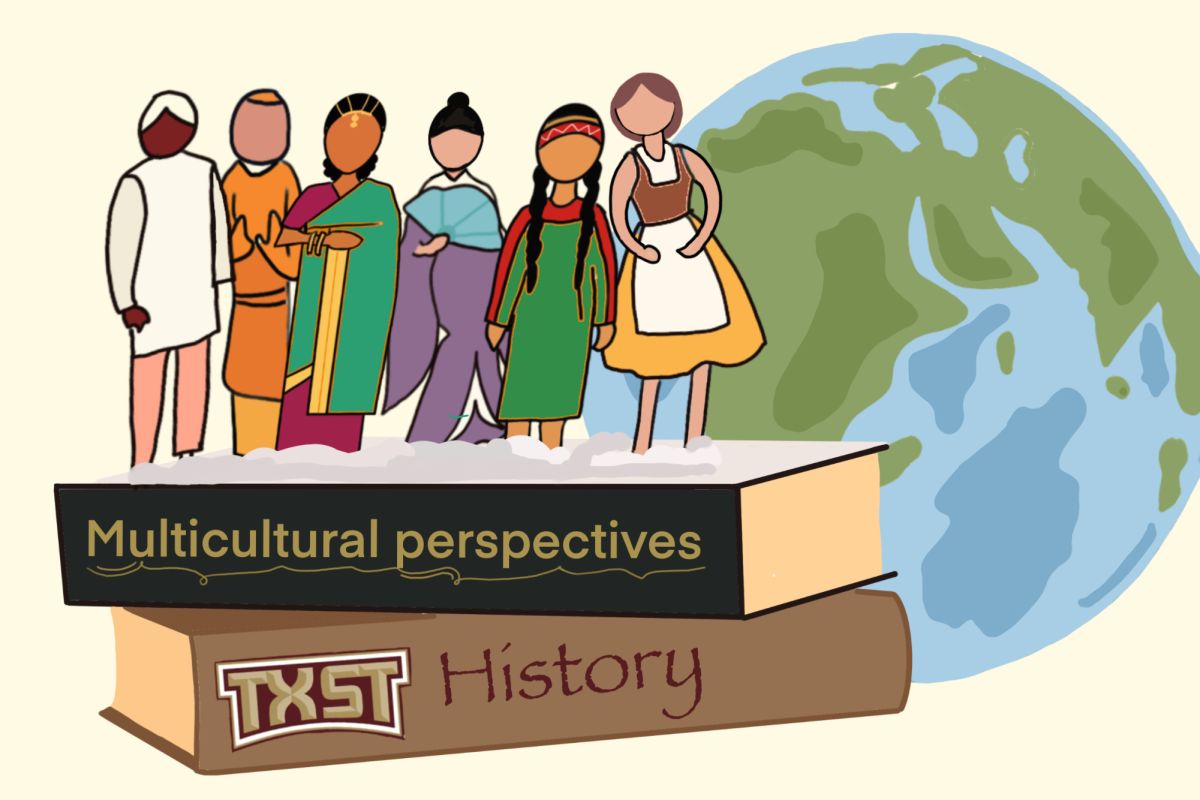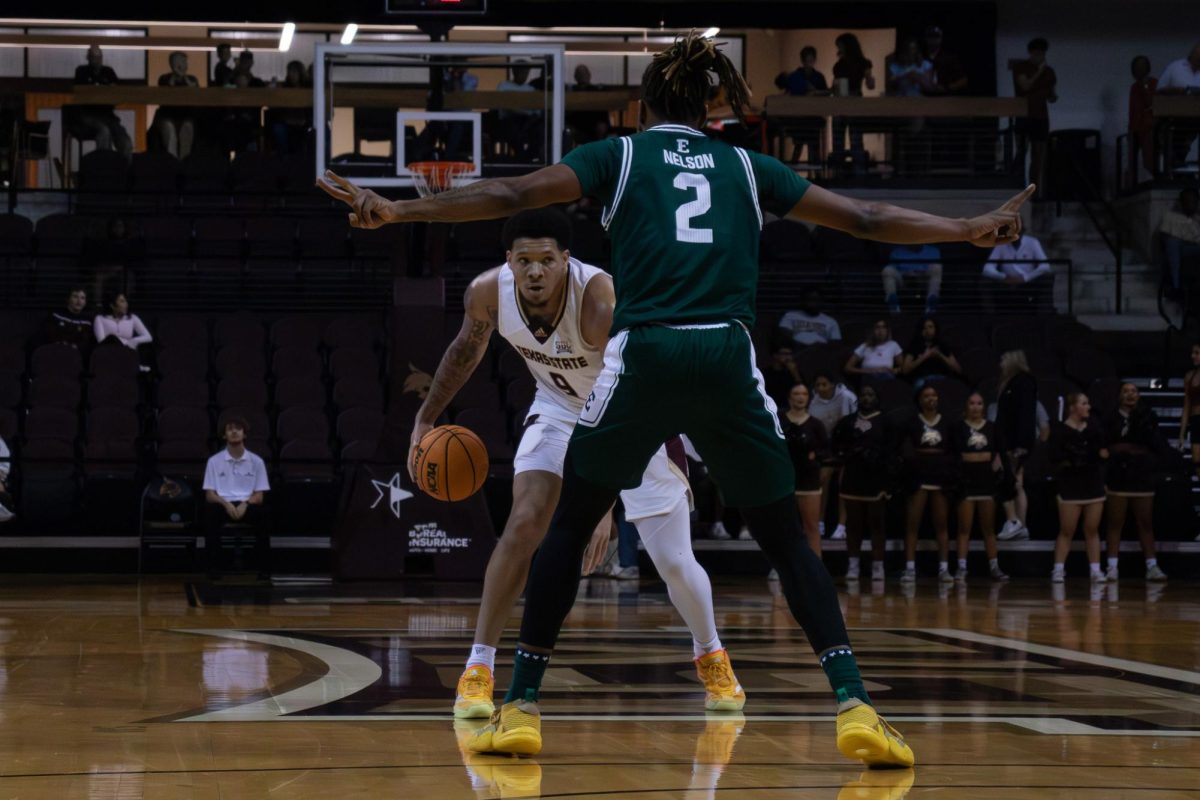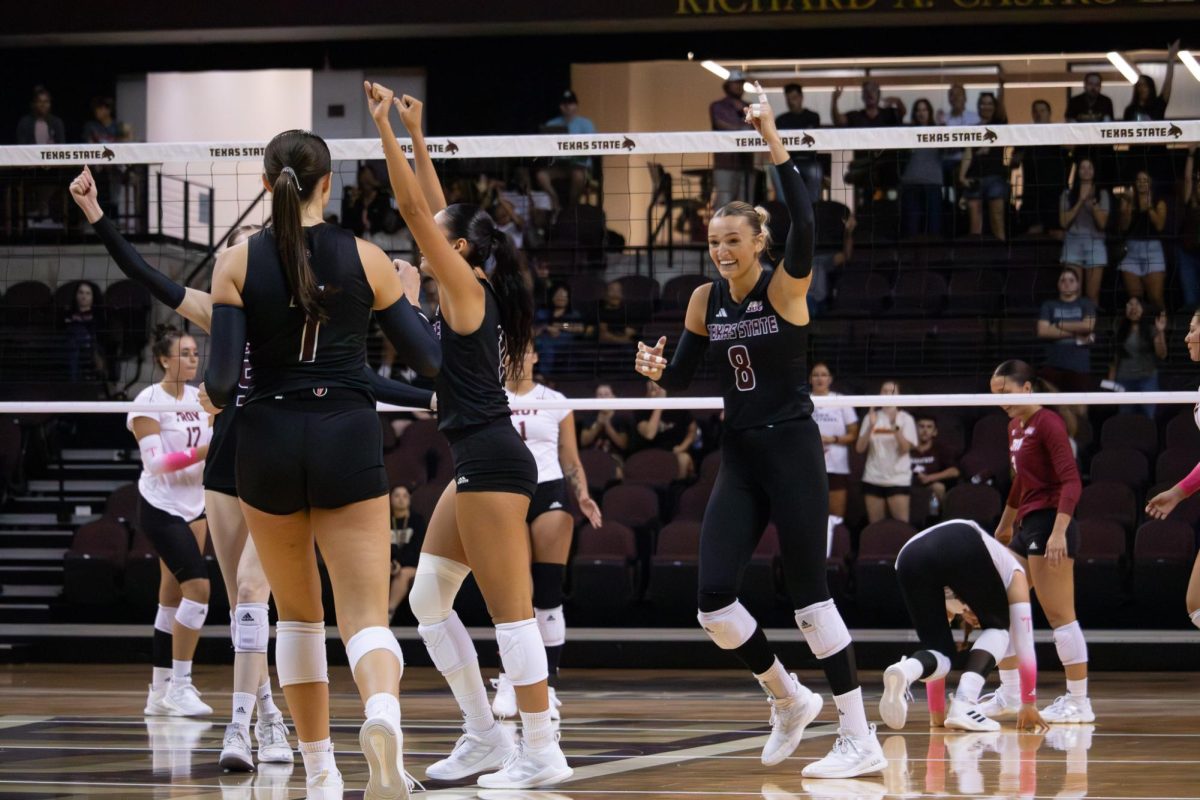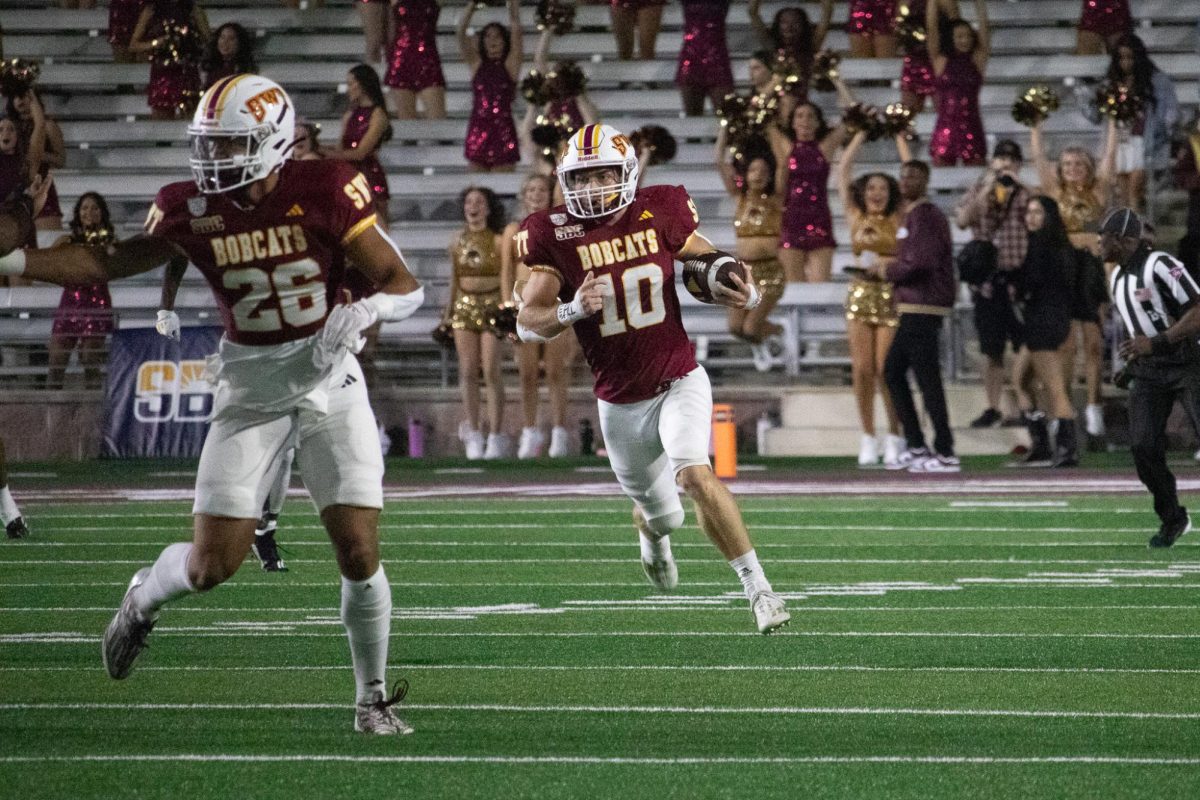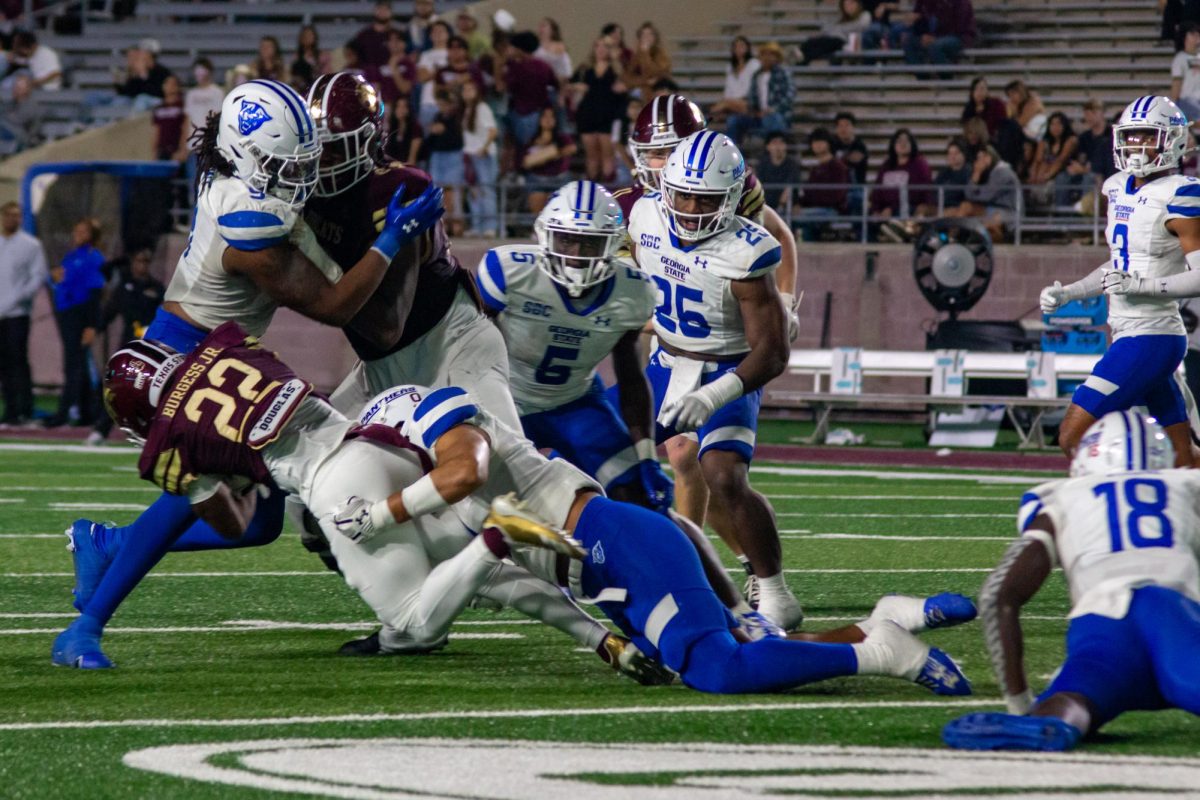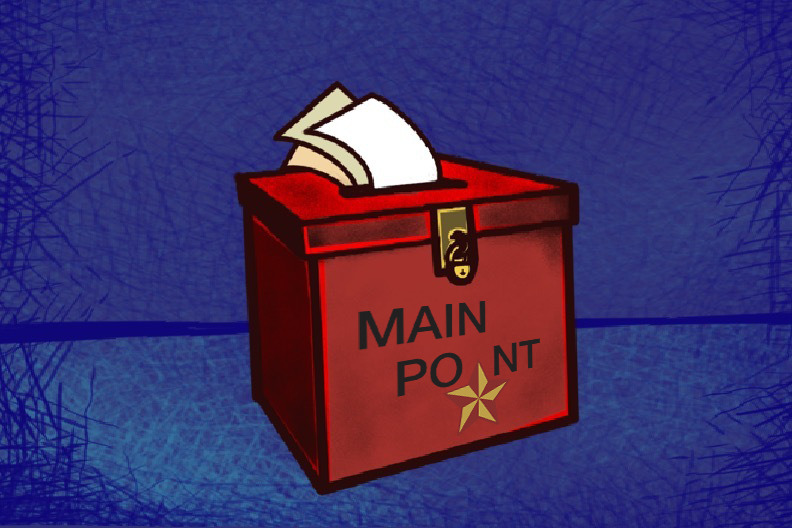When many people think about sports, their first thought might be football, basketball or baseball; but why not volleyball or softball? At Texas State, women do not receive the recognition or support they deserve because their sports are often viewed as unimportant compared to men’s sports. However, this is a misguided perception.
When it comes to resources and attention, male sports have historically benefited more than female sports. Due to this disparity, men’s athletics are valued more highly than women’s due to deeply ingrained societal beliefs.
Texas State has produced high-quality female athletes over the years who have not only made an impact at their school, but have taken their talents with them to a professional level.
This includes athletes like Da’Nasia Hood, a Texas State athlete who went to play women’s basketball overseas, and Brigitte Foster-Hylton, who ran track and is the only individual to have competed in four Olympics in Texas State history.
In addition, Donna Lassiter Boehle founded Texas State’s first volleyball squad and Kristen Zaleski was one of only two softball players in conference history to be named two-time National Fast-pitch Coaches Association All-American.
Female athletes at Texas State are under-appreciated when it comes to sports by many people, including students and other male athletes.
Hundreds of women around the world have done more than enough to prove they can be equal, if not better than men when it comes to sports. There are global examples of this, such as Caitlyn Clark who just set a new record for the NCAA in both men’s and women’s college basketball or Juju Watkins who just moved up to be ranked number two as a freshman in women’s basketball. These women, along with many others, are examples of why women can compete at the division one level just as men can.
In terms of promotions, advertising and community outreach, female sports aren’t given as much attention as male sports. It can be difficult to develop a fan base and spark interest in women’s sports teams without enough exposure.
Because of the prejudiced view that women’s sports are less thrilling or competitive, support for women’s sports may be lower. Men’s sports consequently get greater sponsorship deals, television rights and other financial assistance, which may bolster the belief that women’s sports are beneath them.
Because of this, students must ask themselves why they don’t equally value women’s sports. Why can’t students support the volleyball team the same way they support the football team?
If the Texas State community gave the same support to female players, the sports environment would be different. Showing up for the players is important as it allows them to be surrounded by the love and support they deserve.
To solve this problem, it is critical to dispel gender preconceptions, boost funding for women’s sports, enhance media representation and advocate for gender equality in all facets of sports. Women’s sports hold great significance and worth. Attitudes can be shifted by giving them equal opportunity.
Furthermore, it takes purposeful efforts from educational institutions, athletic departments, media outlets and local communities to highlight and celebrate the accomplishments of female athletes to develop a strong feeling of community and fan support for women’s sports teams.
-Thomas Graham is a electronic media sophomore
The University Star welcomes Letters to the Editor from its readers. All submissions are reviewed and considered by the Editor in Chief and Opinions Editor for publication. Not all letters are guaranteed for publication.



